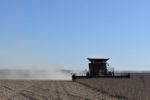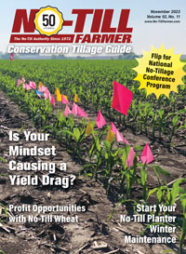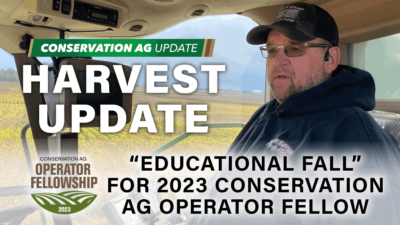Advertise Follow Us
No-Till Farmer News
ARTICLES
Scout for Palmer Amaranth & Waterhemp to Prevent Spread with Combine
Make plans now to prevent the spread of herbicide-resistant weeds.
Read More
Maintaining Phosphorus Availability Throughout Growing Season Critical to High Yields
Phospholutions product makes phosphorus (P) more available & maintains yields with less applied P
Read More
Building a Soil Health Community with No-Till
Farmers give advice on implementing soil health-building practices
Read More









